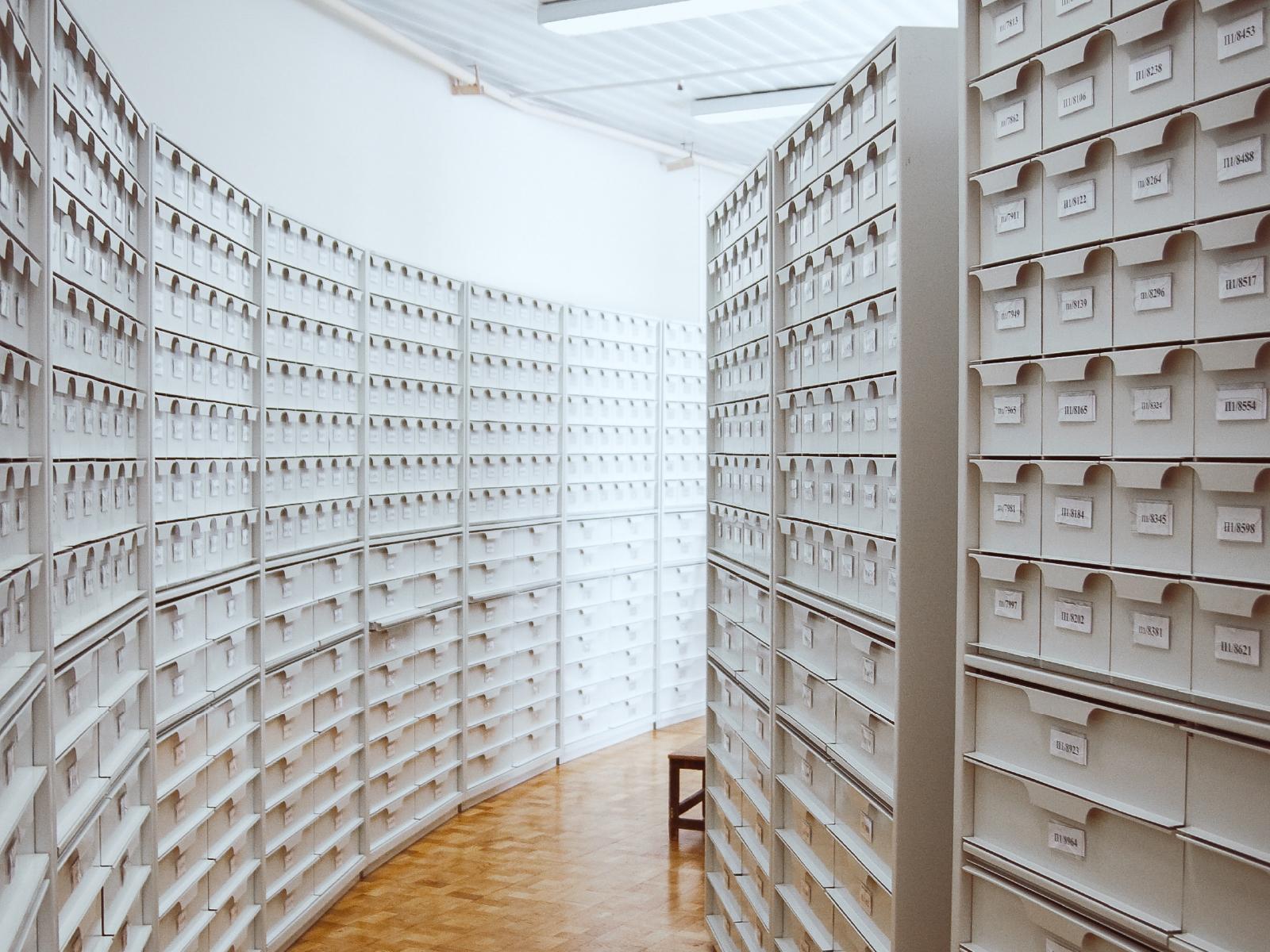At the core of the ACROSS project is safe data exchange between EU member state governmental services. With her European partners, Waag is designing a governance model that ensures safe exchange when moving countries within EU borders. Privacy is warranted. However, when designing a system, asking the question of who you are designing for is always important. This blog was part of a bigger report that Waag wrote on the ACROSS project for the European Commission.
Reflection on the ACROSS use case selection: who we are designing for – and who not
ACROSS’s context is exponentially complex: EU residents can move to and from 27 different EU member states, for diverse reasons and with varying personal circumstances. Those involved with cross-border services face familiar challenges of engaging and managing various stakeholders and interests, working with diverse cultures and governments, and managing resources accordingly. To define the scope of a project in the field of cross-border movement, it is thus crucial make limitations and avoid attempting to address every gap all at once.
ACROSS narrowed its scope to address certain specific gaps in the facilitation of digital cross-border services: the conclusion of D2.1 ‘User Journey Methodology definition – Initial’ arrived at a set of defined user journeys which were limited to particular use cases (of travelling for work or education) between particular countries (Germany, Greece, and Latvia). While necessary, defining such a scope inherently brings about its own limitations or ‘gaps’ in how we design user journeys in ACROSS. In focusing our development on specific user journeys, we necessarily exclude others from our focus. Even within a defined target group, there are migrants in many different circumstances which are not equally represented in a given user journey.
A gap that thus presents itself is the risk of excluding people who do not have the required knowledge, means and/or documentation needed to utilise ACROSS or to access cross-border services in general. Those who are potentially excluded may have the greatest need for moving across borders and the greatest need for help in the process, in particular refugees and other involuntary migrants.
Migration in the EU
There are many different types of migration in Europe. Some often-used categories of migrants include: temporary labour migrants; highly skilled and business migrants; family members who join other migrants; return migrants; forced migrants (also known as refugees and asylum seekers); and irregular migrants (often undocumented and unauthorised). Generally, these migrant categories can be split into two types: voluntary and involuntary migrants. In the case of voluntary migrants, people move to a new country on the basis of pull factors, such as the promise of better work or education opportunities. Involuntary migrants, on the other hand, leave their home country due to push factors: e.g., unstable economic and governmental conditions, or unsafe situations. (Source) In reality, it is often a combination of pull and push factors that make someone decide to leave their home country and search for better opportunities elsewhere.
'Those who are potentially excluded may have the greatest need for moving across borders and the greatest need for help in the process.'
In 2010, there were 73 million people with a migration background in the entirety of Europe. (Source) That is a third of the migrants world-wide. Of these 73 million migrants, 1.6 million people were refugees (a number which does not include other types of involuntary migrants). Across these groups, people face an entirely different reality from the people who have freedom of movement within the EU based on their identity or financial situation.
Next to this, moving may be more difficult for these various groups due to, for example, having a lower income or education level, lacking prior experience moving across borders, or lacking formal documentation. Push factors are often urgent, meaning that people in this context have to acquire a refugee status and are therefore in a different system from people who can follow the usual bureaucratic steps. Also, refugees may not have experience with dealing with foreign governmental institutions and unfamiliar service providers.
Within the ACROSS project, we currently do not design for the increasing amount of cases of refugees crossing both external and internal EU borders with great difficulty and without documentation, nor do we look at the role EU policies play in this. We also exclude the cases of refugees who have requested for asylum in a European country but are stuck in their procedures and therefore are in no place to acquire residency or work permits, bank accounts or school enrolments.
Those who lack formally recognised documentation face a particularly complex process, making basic steps in moving difficult or impossible to overcome. If a refugee gets a passport or citizenship, they are allowed to stay in another EU country, but this is not the case if they are only granted residency. With a residency permit one can apply for a permit for another country, but this comes with a heavy bureaucratic effort. For example, in the Netherlands, a person can only buy a public transport ticket with a bank card; however, opening a bank account requires a social security number, which is very difficult to obtain without an international passport. Moreover, residency permits do not necessarily result in electronic identities that are usable in online transactions, so that persons with an unstable residence status are particularly vulnerable to digital exclusion.
'Many people start from a context that is without the resources and documentation which are often assumed as a starting point for user journeys in cross-border services.'
These and other scenarios illustrate that there are many people in need of help moving across European borders. They start from a context that is without the resources and documentation which are often assumed as a starting point for user journeys in cross-border services.
The ‘most probable user’ and designing from the margins
In the ACROSS user journeys and scenarios, we have included and accommodated highly skilled and business migrants, family members, return migrants, and to a lesser extent, temporary labour migrants (for more information on the ACROSS user journeys and scenarios, see D2.1 “User Journey Methodology definition – Initial” and D6.1 “Use case scenarios and roadmap”). The concept of a migrant in ACROSS has necessarily been limited, and generally includes people who are moved by pull factors rather than push factors.
To maximise the impact of ACROSS and its potential to be sustained, future development might consider how to design for the people who face great difficulty in crossing borders. This is where the concept designing for the margins comes in. It is the idea that if the target group includes the most marginalised people, the people within the margins will also be included by default. For example, a design for digital cross-border services could accommodate for people without documentation, making development more complex due to the need to address fundamental decisions about digital identity. However, if people without documentation are accommodated by such a design, likely so too are people with documentation. Our forthcoming deliverable D2.2 “User Journey Methodology definition – Final” provides an opportunity to revisit how those at the margins may be better included in the user journeys utilised by developers of cross-border services.
Conclusions
It is our hope that ACROSS and its outcomes will be sustained and expanded. As cross-border services become more ubiquitous, developers need to be aware of the varied nature of people’s user journeys and the different impacts that (technical) designs and decisions may have on different people. The digital divide is a known risk – digital services can exacerbate inequalities. An inclusive approach to cross-border service development will ideally achieve the opposite, by alleviating some of the burden of moving across borders for those who need it most.


